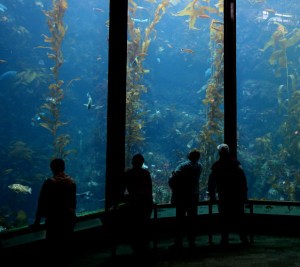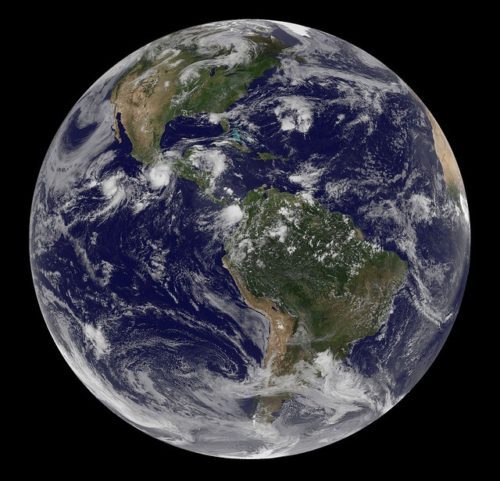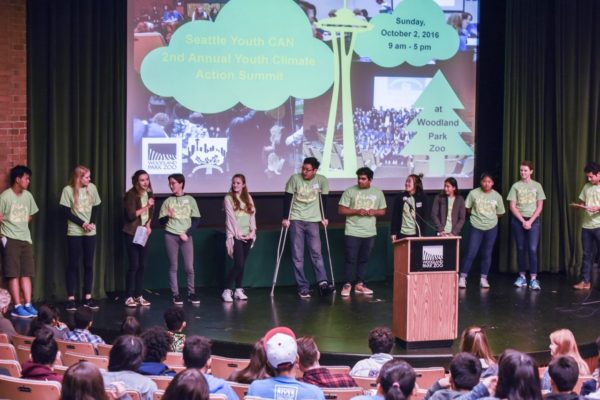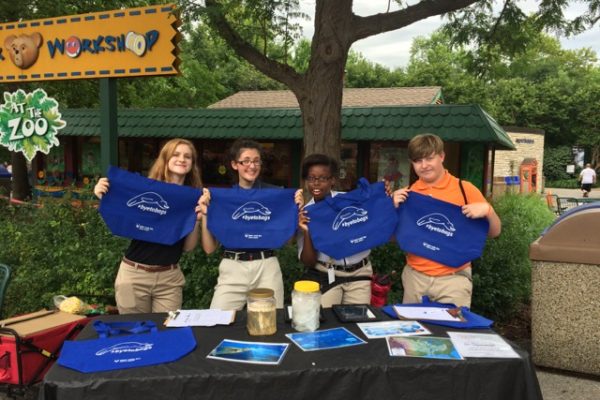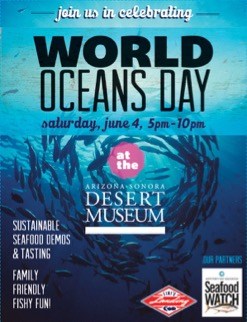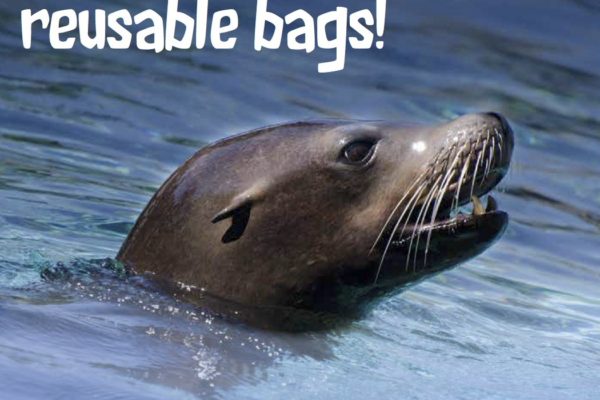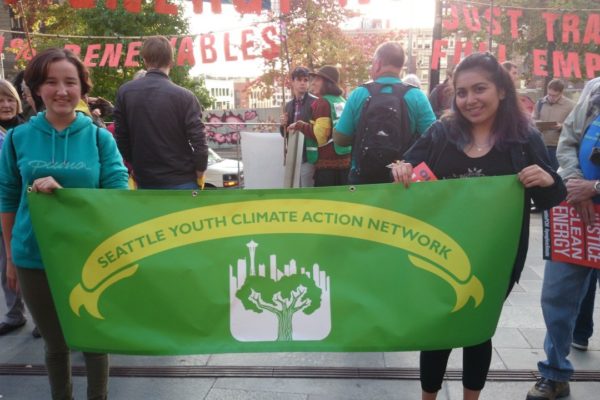The Innovative Solutions Grants+ Program (active 2010-2015)
Leading the charge for conservation impact in the Zoo, Aquarium, and Museums (ZAM) community
Please note: The funding from NOAA for this innovative and effective program is no longer available due to congressional budget cuts for environmental and ocean literacy. We gained strong proof of concept from working with aquarium and zoo awardees and look forward to applying this type of program in some capacity in the future as it was exceedingly cost effective.
The Grants+ Program evolved from The Ocean Project’s efforts to help our partner organizations (i.e., zoos, aquariums, and museums or ZAMs) more effectively advance conservation action by engaging minorities and youth; it allowed us to invest in community innovators by providing not only financial resources, but also free strategic communications services and evaluation help for stronger conservation impact. Thanks to funding from the National Oceanic and Atmospheric Administration (NOAA), we awarded approximately $400,000 in grants of up to $30,000 to ZAMs that also came with pro bono strategic communications coaching and technical expertise to catalyze peer-to-peer sharing and learning. While these grants were only available to US-based and AZA-accredited ZAMs–due to stipulations from NOAA–the lessons learned continue to benefit the ZAM community as a whole, both in the U.S. and throughout the world. In addition to the links below, you can read about more recent examples on our blog.
Why ZAMs?
ZAMs are increasingly exploring opportunities to advance conservation by encouraging their guests to join them in taking action, including behavior change and improving policy. The Ocean Project has supported our partner ZAMs since 1997 with public opinion and market research, and other tools and resources aimed at understanding how we can effectively engage visitors, the public, and policymakers for conservation outcomes.
Public opinion research has shown that ZAM visitors' interest in environmental issues tends to spike during a visit. Moreover, it tells us that visitors not only trust ZAMs, but also expect and appreciate information from them about ways to help protect the animals and the environment. When considering the 200 million visitors to ZAMs each year in the United States, alone, there is a huge potential for conservation impact!
Please see our latest collaborative work for effective visitor engagement, including a focus on conservation policy for the last several years.
Updates from past grantees
-
Increasing the Impact of Young Leaders for Ocean & Climate Action
Posted on March 7, 2023Continue readingFor more than 25 years, The Ocean Project has been committed to catalyzing individual and collective action for our ocean and climate. Moving forward, we are centering our efforts on collaborating with young leaders for conservation. We are also growing our coordination efforts with World Ocean Day and its Youth Advisory Council to advance ocean […]
-
ISG+ Final Report: Philadelphia Zoo visitors say an overwhelming yes to “Saving Energy to Save Wildlife!”
Posted on December 2, 2016Continue readingAfter almost a year of testing and active recruitment for our study, we’ve been learning a lot about how to engage visitors on the issue of Saving Energy to Save Wildlife! We have been humbled by our visitor’s trust in us and wowed by their willingness to pledge to reduce their household energy use. […]
-
Advice from the Innovators: A summary of lessons learned in public engagement from year three of the Innovative Solutions Grants + Program (ISG+)
Posted on November 28, 2016Continue readingOur grantees from year three have completed their projects and submitted their final reports, which are filled with tips and lessons for other aquariums and zoos that share their interest in engaging visitors and advancing conservation. Many thanks to NOAA for making these grants possible. Per your request, we’ve compiled this summary of the top […]
-
ISG+ Final Report: Seattle Youth Climate Action Network is Looking Back and Planning Ahead!
Posted on October 24, 2016Continue readingThis guest post by Eli Weiss of Woodland Park Zoo is the last in a 3-part series on their Innovative Solutions Grants+ project, exploring how teens in the Seattle area can empower each other and their peers for action on climate change. When the idea of Seattle Youth Climate Action Network was hatched in the fall […]
-
ISG+ Final Report: Tasting Success at the Arizona-Sonora Desert Museum
Posted on October 21, 2016Continue readingThis guest post is submitted by Debbie Colodner, Director of Conservation Education and Science from the Arizona-Sonora Desert Museum, and is the last in a 3-part series on their Innovative Solutions Grants+ project where they partnered with Leading for Good to see if they can move the needle on sustainable seafood in Tucson, Arizona. With […]
-
ISG+ Final Report: Connecting Ocean Conservation and Community Engagement at the National Aquarium
Posted on October 20, 2016Continue readingThis guest post, by Gabrielle Roffe and Curtis Bennett of the National Aquarium’s Conservation Department is the last in a 3-part series on their Innovative Solutions Grants+ project. This project has addressed the issue of marine debris by implementing a new approach to community engagement, with a specific focus on building our connection with the […]
-
ISG+ Final Report: Say #byetobags with the Saint Louis Zoo!
Posted on September 2, 2016Continue readingThis guest post is submitted by Kirinne Slaughter at the Saint Louis Zoo, and is the last in a 3-part series on their Innovative Solutions Grants+ project. It is hard to believe that it has been almost a year since we began our partnership with The Ocean Project under the Innovative Solutions Grants+ Program. It has […]
-
ISG+ Update: Tasting Sustainability at the Arizona-Sonora Desert Museum
Posted on July 27, 2016Continue readingThis guest post is submitted by Debbie Colodner, Director of Conservation Education and Science from the Arizona-Sonora Desert Museum, and is the second in a 3-part series on their Innovative Solutions Grants+ project where they are partnered with Leading for Good to see if they can move the needle on sustainable seafood in Tucson, Arizona. As […]
-
ISG+ Update: Zoo-Alive teen volunteers at the Saint Louis Zoo take the #byetobags pledge and spread the word!
Posted on July 5, 2016Continue readingThis guest post is submitted by Kirinne Slaughter at the Saint Louis Zoo, and is the second in a 3-part series on their Innovative Solutions Grants+ project. Since our last post, our Zoo ALIVE (ZA) teen volunteers have been hard at work helping Zoo visitors say #byetobags! Successfully building on the lessons learned from the […]
-
ISG+ Midterm Report: Woodland Park Zoo teens inspire peers to take a stand on climate change
Posted on June 28, 2016Continue readingThis guest post by Eli Weiss of Woodland Park Zoo is the 2nd in a 3-part series on their Innovative Solutions Grants+ project, exploring how teens in the Seattle area can empower each other and their peers for action on climate change. In 2016 our focus for Seattle Youth Climate Action Network has been to […]

